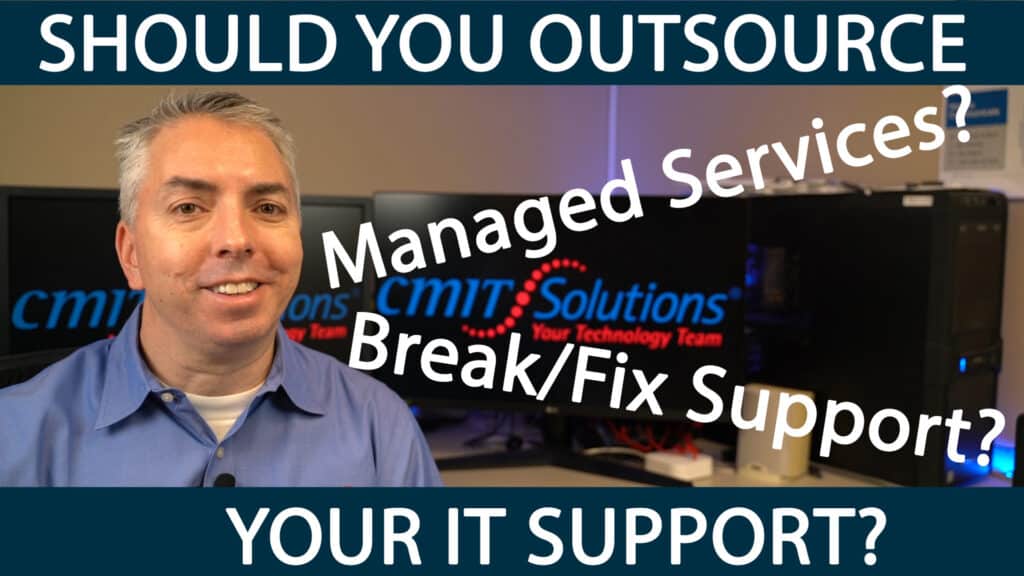Introduction: The Hidden Dangers of Shadow IT
Software and cloud services used without official approval is quietly becoming one of the biggest cybersecurity threats for local businesses. While cloud file sharing tools like Dropbox, Google Drive, and iCloud help employees collaborate quickly, they also create unseen risks.
Industry reports show that over 60% of SMBs now use at least one unsanctioned cloud tool, and nearly half admit they don’t even know where all of their business data is stored. For suburban Chicago businesses juggling remote teams, hybrid environments, and compliance requirements, the consequences of ignoring shadow IT are becoming harder to overlook.
To stay protected, many organizations are turning to managed IT services for small businesses in Oak Park, Hinsdale, and Oak Brook.
What Exactly Is Shadow IT?
Shadow IT refers to the use of technology apps, devices, or services without the approval of an organization’s IT department. Examples include:
- Employees using personal Dropbox or Google Drive accounts to store business files
- Teams adopting free project management apps without IT oversight
- Staff sharing sensitive data over messaging apps like WhatsApp or Slack free tiers
The intent is often innocent: employees want convenience or speed. But the result is data sprawl, where sensitive business information ends up scattered across insecure platforms. Without oversight, IT teams cannot enforce strong cybersecurity strategies leaving businesses exposed.
Why Cloud File Sharing Fuels Shadow IT
The rise of remote and hybrid work has accelerated the reliance on cloud file sharing tools. Employees now expect to collaborate instantly, from anywhere, on any device.
While sanctioned tools like Microsoft OneDrive or SharePoint offer built in compliance, encryption, and monitoring, shadow IT introduces uncontrolled platforms where:
- Files are unencrypted
- Access logs don’t exist
- Employees retain access even after leaving the company
This makes network security management nearly impossible for IT teams.
The Risks of Shadow IT for Local Businesses
1. Data Breaches
Hackers often target consumer grade apps because they lack enterprise grade protection. Pairing defenses with endpoint security strategies helps close the gap.
2. Compliance Failures
Using unapproved platforms creates violations. Even a single unsanctioned file share can trigger penalties under cybersecurity compliance regulations.
3. Data Fragmentation
Files scattered across multiple platforms cause inefficiencies. Implementing multi cloud management strategies reduces sprawl.
4. Insider Threats
Employees leaving the company may still have access. With proactive IT assessments, businesses can revoke permissions faster.
Why Backups Alone Don’t Solve the Problem
Some businesses assume backups are enough. But backups only protect known systems. Files stored in unauthorized platforms are excluded.
That’s why businesses are shifting toward data resilience over traditional backups, ensuring all data is covered in recovery strategies.
Shadow IT and Ransomware: A Dangerous Combination
Cybercriminals exploit shadow IT because it often lacks advanced defenses. When employees upload sensitive files to consumer grade platforms, attackers can:
- Steal login credentials via phishing
- Encrypt shadow IT data with ransomware
- Use unsanctioned apps as an entry point to larger networks
Pairing shadow IT oversight with real time threat monitoring ensures early detection.
Building a Strategy to Manage Shadow IT
Local businesses must balance employee convenience with security. The answer isn’t banning tools but implementing governance frameworks.
Steps include:
- Discovery: Use monitoring tools to identify shadow IT usage
- Education: Train employees on risks. Cybersecurity awareness tips can help
- Alternatives: Provide approved tools with equal or better functionality
- Policy enforcement: Require IT oversight for all new app adoption
The Role of Cloud Governance and Unified Communication
Businesses that adopt unified communication platforms reduce the need for shadow IT by giving employees secure, all in one solutions.
At the same time, strong cloud performance and governance ensures file sharing aligns with compliance and security.
The Human Factor Driving Shadow IT
Employees often adopt shadow IT to work more efficiently. If official IT systems are clunky, staff naturally turn to personal apps.
Best practices include:
- Conducting employee surveys to identify workflow frustrations
- Offering training on secure IT alternatives
- Empowering staff with IT guidance to adopt tools safely
When employees feel supported, they’re less likely to go rogue with unauthorized apps.
Managed IT as the Solution to Shadow IT
Local SMBs rarely have the resources to monitor shadow IT continuously. That’s why outsourcing IT to MSPs is becoming the standard.
Providers deliver:
- 24/7 monitoring for unauthorized cloud usage
- Automated compliance reporting
- Endpoint security integration across all devices
- Strategic recommendations for secure cloud adoption
Conclusion: Bringing Shadow IT Into the Light
Shadow IT isn’t going away it’s a reality of modern business. But unmanaged, it poses enormous risks for suburban Chicago SMBs: compliance violations, ransomware exposure, and data fragmentation.
The solution lies in visibility, governance, and resilience. By adopting proactive monitoring, modern IT management, and 24/7 system uptime solutions, local businesses can bring shadow IT out of the shadows turning a hidden risk into a competitive advantage.







